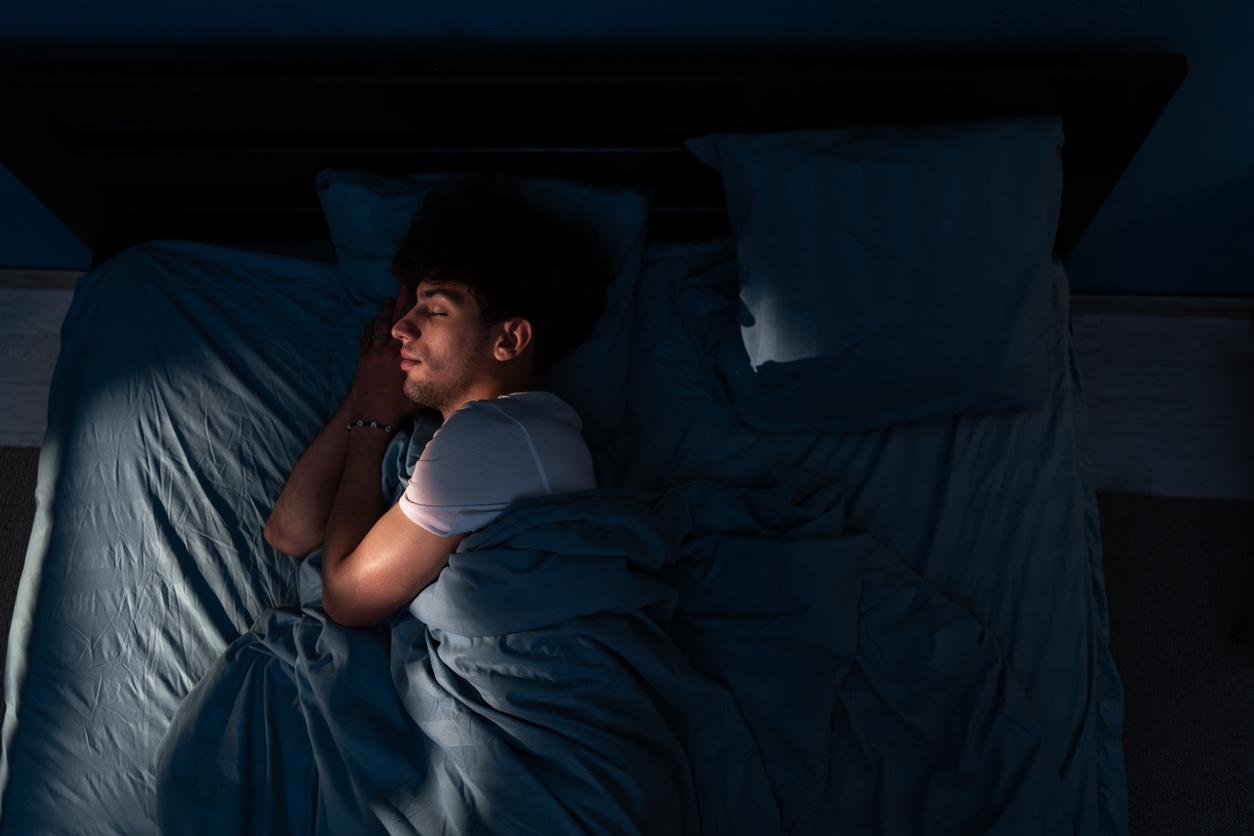The exposure of pregnant women to pesticides could affect the sleep habits of their children once they are teenagers… But only in girls. Explanations.

- Chlorpyrifos and pyrethroids are two pesticides that are often found in insecticides.
- Sleep needs vary from one person to another, they generally vary between 6 and 10 hours.
“Our study shows that early exposure to pesticides, even before a child is born, can have long-lasting effects on adolescent sleep health,” says Astrid Zamora, lead author of a study published in the journal Environmental Research.
During their work, the scientists studied the exposure of women to non-professional pesticides, that is to say those present in certain everyday products such as insecticides, or in food. More specifically, they sought to understand the impact of two of them: chlorpyrifos and pyrethroids.
Longer sleep for girls only
For this, they analyzed urine samples from 137 pregnant women taken during their third trimester of pregnancy. They lived in Mexico. Then they did a sleep study of their child once they were teenagers.
Results: they discovered that the exposure of pregnant women to chlorpyrifos had consequences on the sleep of their children once they were teenagers… But only in girls. Indeed, the teenagers concerned had a longer sleep duration than the fetuses which had not been exposed to chlorpyrifos. On the other hand, the scientists did not observe any consequences on sleep with exposure to pyrethroids.
A limitation of this study
“Overall, these findings are of public health significance given the widespread and ongoing agricultural and possibly residential use of pyrethroids and chlorpyrifos in Mexico”believes Astrid Zamora.
One of the methodological limitations of this study concerns the devices used to analyze the sleep of adolescent girls. These deniers cannot distinguish sleep from the mere fact of remaining motionless. Thus, scientists do not know if this longer sleep duration is real, or if it is due to sleep disorders or nocturnal awakenings.
The need for further research
In the future, they therefore want to continue their research in order to determine the reasons for this higher sleep duration. “Studies with larger sample sizes and evaluating unregulated pesticides are needed to better understand this association, as well as the underlying mechanisms that explain gender differences,” concludes Astrid Zamora.
.
















